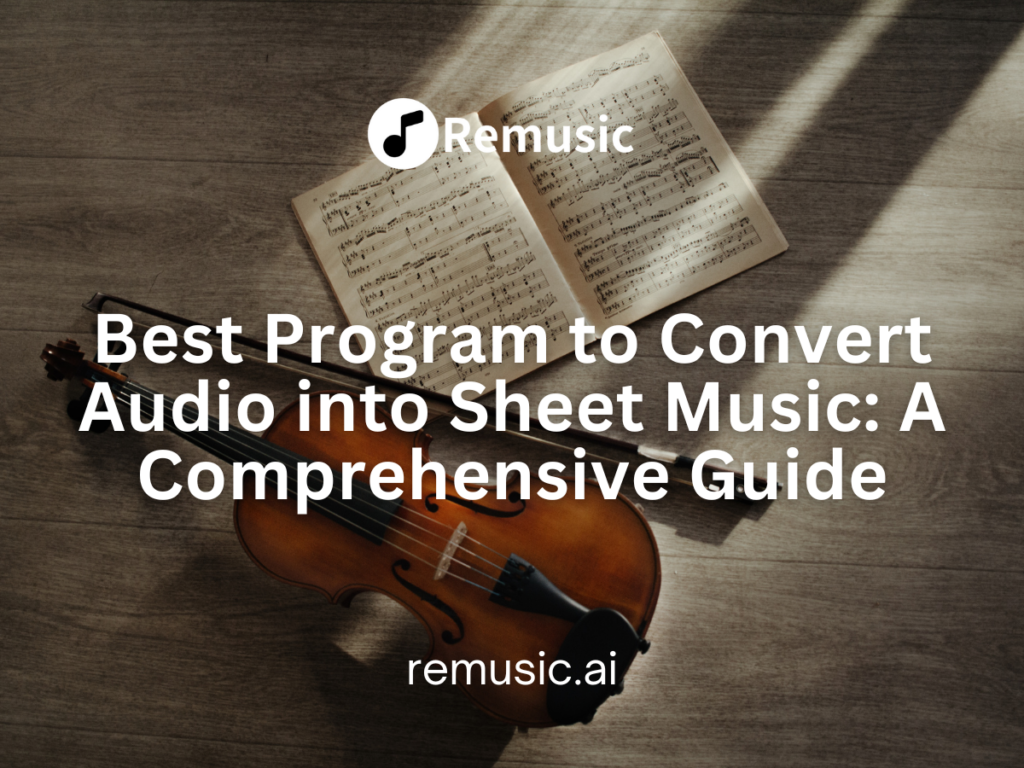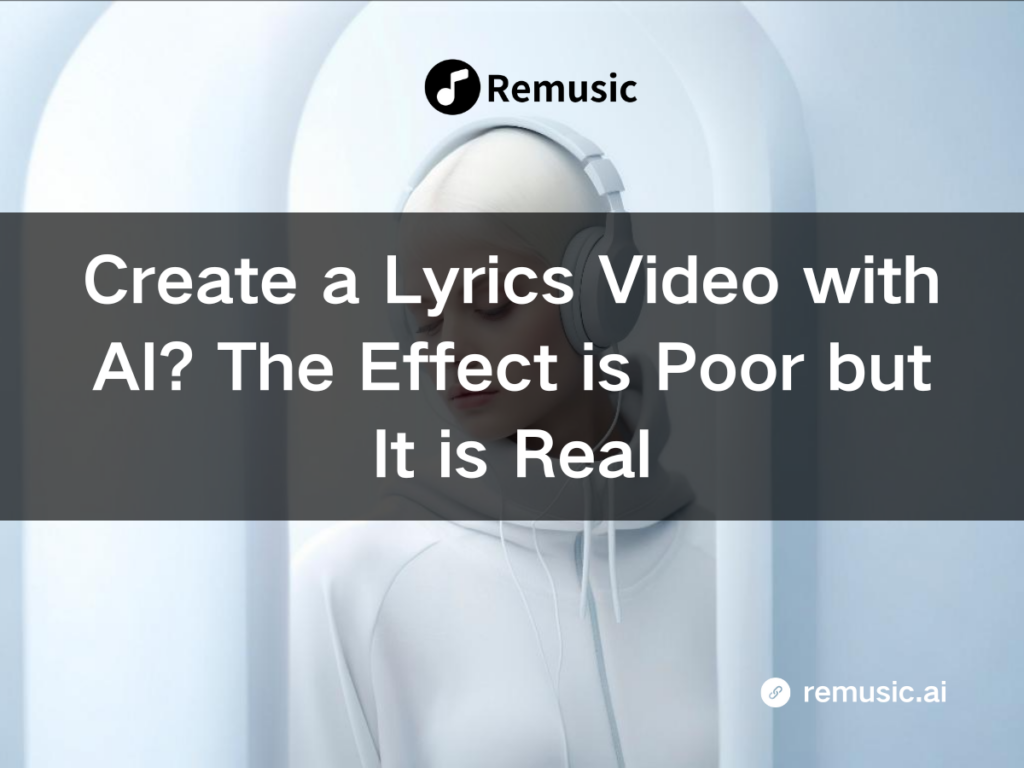Top 10 Cover Songs of Taylor Swift That Went Viral in 2025
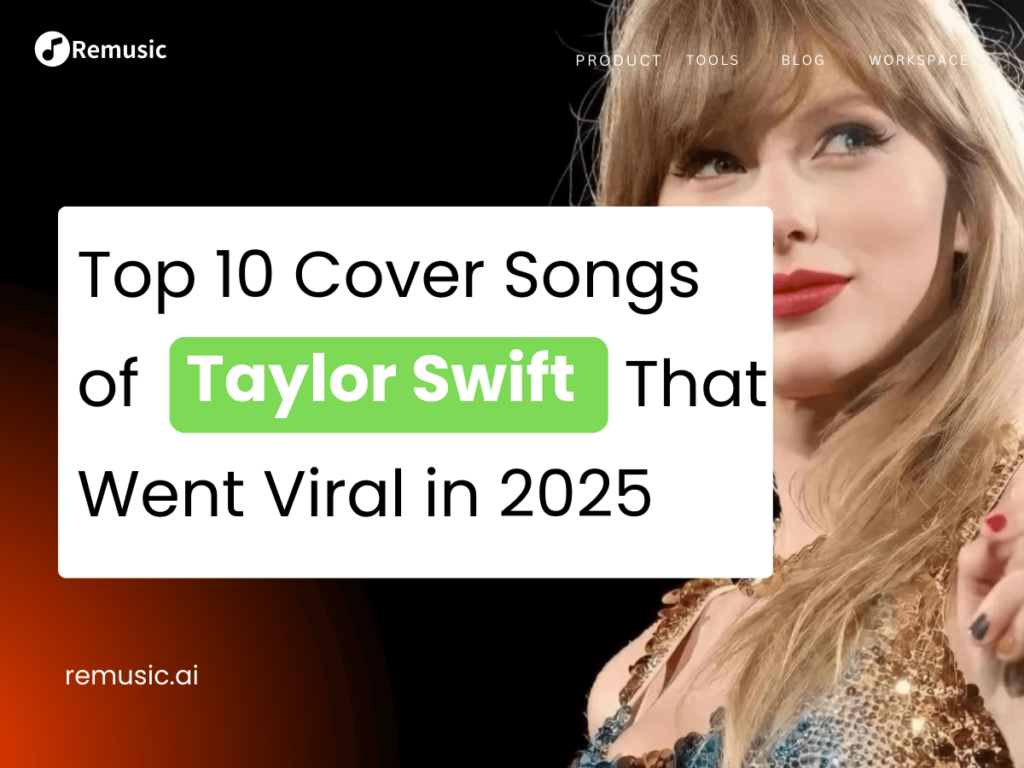
Contents
The Rising Phenomenon of Cover Songs of Taylor Swift
Taylor Swift has emerged as one of the most influential musical artists of the 21st century, transforming from a country music prodigy to a global pop icon whose work transcends genres and generations. With her masterful songwriting, relatable lyrics, and melodic versatility, Swift has created a catalog that resonates deeply with both listeners and fellow musicians alike. This resonance has given rise to a fascinating phenomenon in the music world: the explosive popularity of Taylor Swift cover songs across virtually every musical genre.
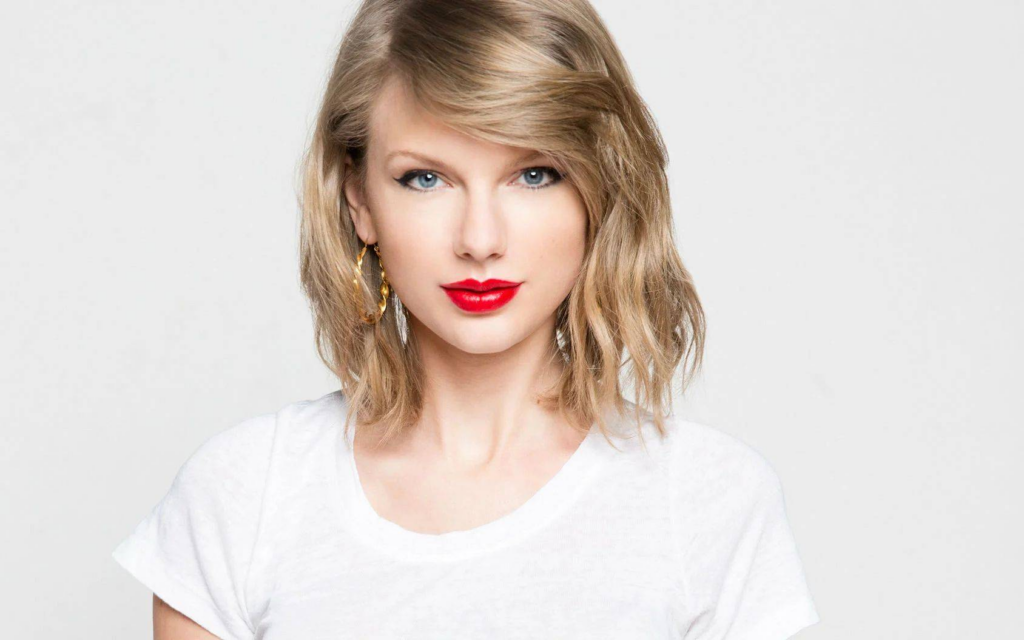
From intimate acoustic renditions to full orchestral arrangements, Swift's music has proven remarkably adaptable, inspiring countless artists to reinterpret her work through their own unique artistic lenses. The appeal of covering Swift's songs lies not only in their commercial popularity but also in their emotional depth and musical accessibility. Whether it's the narrative storytelling of "All Too Well," the pop perfection of "Blank Space," or the folk introspection of "cardigan," Swift's repertoire offers rich material for artistic reinterpretation.
In this comprehensive analysis, we explore the diverse landscape of Taylor Swift cover songs, examining why her music inspires such widespread reinterpretation and how these covers contribute to her enduring cultural impact across musical boundaries.
The Evolution of Cover Songs of Taylor Swift
Taylor Swift's musical journey has been nothing short of extraordinary, evolving dramatically from her country roots to pop superstardom and most recently into indie-folk territory. This evolution has created a diverse catalog that appeals to an exceptionally wide range of cover artists across multiple genres.
Swift began her career as a teenage country artist in 2006, writing relatable songs with narrative structures and confessional lyrics. As she transitioned to pop with "1989" in 2014, her songwriting maintained its emotional core while embracing more universal production techniques. Her surprise 2020 albums "folklore" and "evermore" marked another dramatic shift toward indie-folk arrangements, demonstrating her remarkable musical adaptability.
What makes Swift's songs so frequently covered lies in their musical architecture. Her compositions feature strong, memorable melodies that function effectively across different instrumental arrangements. The chord progressions are sophisticated yet accessible, allowing for creative reinterpretation. Perhaps most importantly, her narrative-driven lyrics contain universal emotional themes that resonate regardless of the performer.

According to data from YouTube, Taylor Swift covers account for over 10 million uploads on the platform alone, with her songs being covered at a rate approximately 3.5 times higher than the average for other contemporary artists. Spotify's analytics show that user-created playlists featuring Swift covers have grown by 178% since 2019. Cover tracking platform SecondHandSongs lists over 1,200 professionally recorded covers of Swift's work, with "Love Story" and "Blank Space" being the most frequently reinterpreted tracks, appearing in over 200 professional recordings each.
This tremendous volume of cover activity speaks to the exceptional adaptability and universal appeal of Swift's songwriting across her evolving musical journey.
Top 10 Most Cover Songs of Taylor Swift
Across streaming platforms, social media, and live performances, certain Swift compositions have emerged as clear favorites among cover artists. Based on data compiled from YouTube, Spotify, and SecondHandSongs, her most frequently covered tracks reveal interesting patterns across her musical evolution.
Most Popular Cover Songs of Taylor Swift
| Rank | Song Title | Number of Covers |
| 1 | "Shake It Off" | 89 covers |
| 2 | "Blank Space" | 79 covers |
| 3 | "I Knew You Were Trouble" | 60 covers |
| 4 | "We Are Never Ever Getting Back Together" | 58 covers |
| 5 | "Love Story" | 56 covers |
| 6 | "Style" | 52 covers |
| 7 | "Bad Blood" | 50 covers |
| 8 | "Look What You Made Me Do" | 50 covers |
| 9 | "I Don't Wanna Live Forever" | 46 covers |
| 10 | "You Belong with Me" | 42 covers |
Love Story - Taylor Swift // Brittany Maggs Cover
From Swift's country era (2006-2014), "Love Story" reigns supreme with over 200 professionally recorded versions and countless amateur interpretations. Its timeless narrative, distinctive melody, and emotionally resonant chorus make it particularly adaptable across genres. "You Belong With Me" follows closely, with its relatable lyrics and strong melodic hooks appealing to both solo performers and bands.
Swift's pop era (2014-2019) is dominated by "Blank Space," which has become her second most covered song overall. Its percussive vocal delivery, memorable hook, and satirical lyrics offer artists substantial creative latitude. "Shake It Off" and "Style" round out the top pop-era covers, both featuring production elements that translate well to stripped-down arrangements.
The folklore/evermore era (2020-present) has quickly generated significant cover activity despite its recency. "cardigan" and "willow" have emerged as favorites, but "All Too Well" (especially the 10-minute version) has become a surprising phenomenon. Its narrative structure and emotional intensity provide cover artists with rich storytelling opportunities, making it particularly popular among singer-songwriters seeking to showcase their interpretive abilities.
What unites these frequently covered tracks are clear melodic hooks, emotionally resonant lyrics, and chord progressions that remain effective across diverse instrumental arrangements – the perfect formula for cover-friendly songwriting.
How to Cover Songs of Taylor Swift
AI Vocal Transformation Techniques
Advancements in AI voice cloning now allow fans and creators to generate cover songs that mimic Taylor Swift’s vocal style. Using platforms like Remusic, users can upload their own vocals and apply a “Taylor Swift” AI voice model to produce a strikingly realistic cover. This is especially useful for those who may not share her natural vocal timbre but want to recreate her songs authentically.
Recording and Uploading Your Vocals
Start by recording a clean vocal track of your own voice—this can be a raw acapella version or paired with an instrumental backing. High-quality audio input (preferably .wav format) will result in a more accurate AI transformation. Make sure the audio is free from background noise for best results.
Using AI Song Cover Generator: A Step-by-Step Approach
Once your vocal is ready, head to Remusic’s “AI Song Cover Generator”. Upload your recording, choose the Taylor Swift preset voice model, and click “Generate.” After a few minutes, the AI Cover will generate a new version of your performance using a Taylor Swift-like voice. You can preview, tweak, and download the final result for personal enjoyment or sharing.
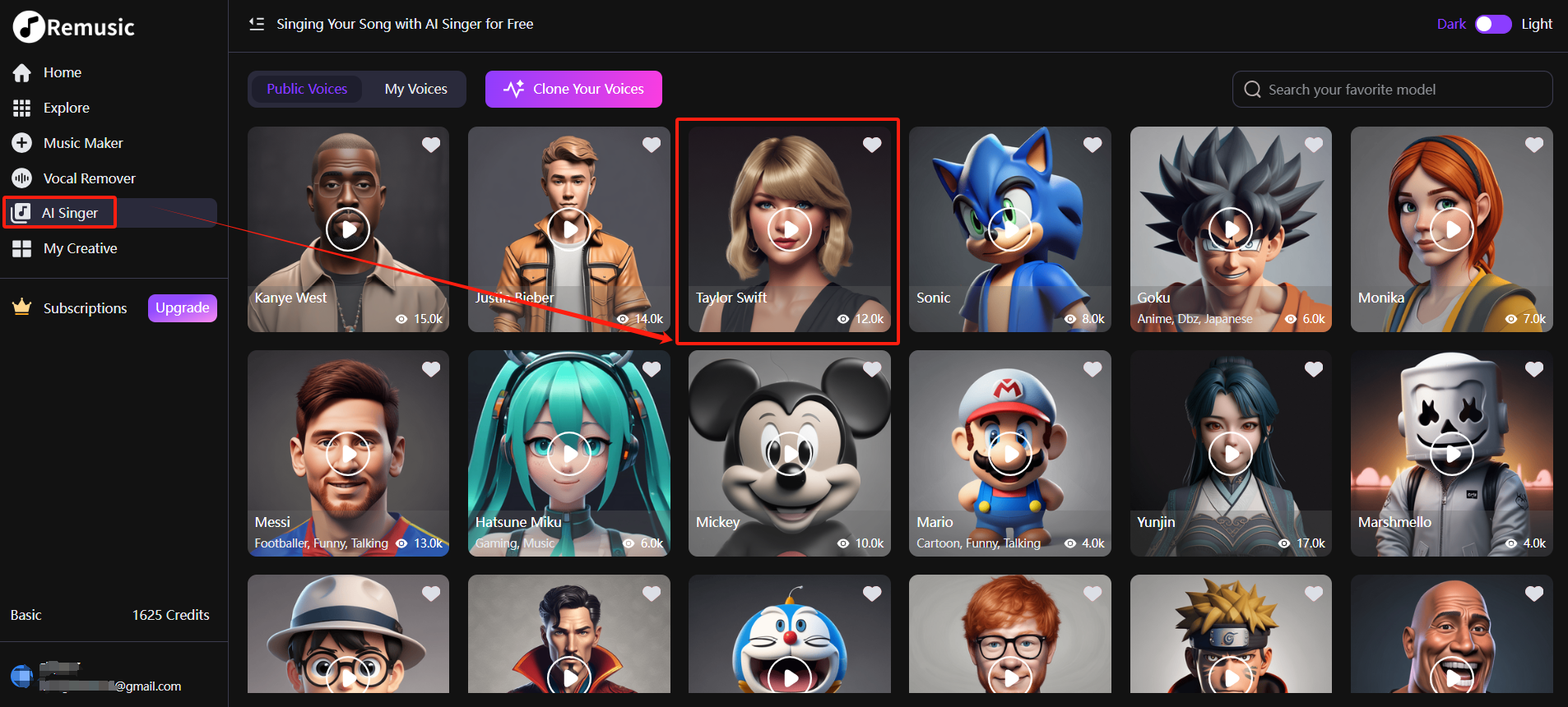
AI covers open up exciting musical exploration, but it's crucial to respect copyright boundaries. Always credit original creators and avoid commercial distribution without rights.
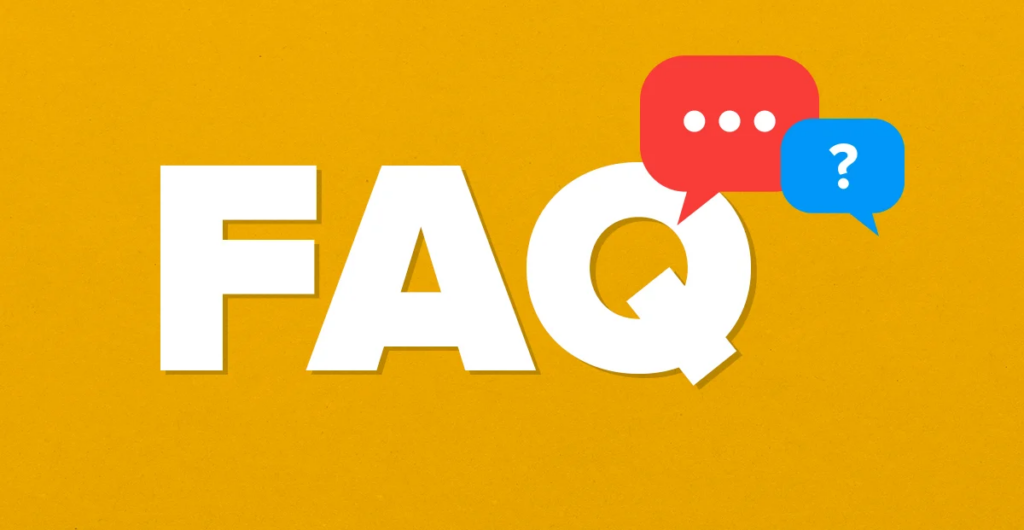
FAQs About Taylor Swift Cover Songs
Q: What is Taylor Swift's most covered song?
A: According to available data, "Shake It Off" appears to be Taylor Swift's most covered song with approximately 89 recorded covers across platforms. This upbeat pop anthem from her "1989" album has proven particularly popular among cover artists due to its recognizable melody and adaptability across genres.
Q: Does Taylor Swift approve of covers of her songs?
A: Yes, Taylor Swift has generally shown support for artists covering her music. She has shared and promoted covers she enjoys on social media and has expressed appreciation for unique interpretations of her work. Like most major artists, she understands that covers are a form of artistic tribute and can introduce her music to new audiences.
Q: How do I legally cover a Taylor Swift song?
A: To legally cover a Taylor Swift song, you need to obtain a mechanical license if you plan to distribute recordings. Services like Easy Song Licensing or the Harry Fox Agency can help secure these rights. For performances and streaming, platforms like YouTube and Spotify typically handle the licensing through their agreements with performance rights organizations. No permission is needed for live performances at venues that pay ASCAP/BMI fees.
Q: Who has done the best cover of a Taylor Swift song?
A: This is subjective, but several covers have received critical acclaim, including Ryan Adams' full album cover of "1989," Kelly Clarkson's version of "Delicate," and Imagine Dragons' interpretation of "Blank Space." Fan favorites also include Rock versions by bands like Our Last Night and acoustic renditions by artists such as Boyce Avenue.
Q: Are there any Taylor Swift songs that haven't been covered?
A: While most of Swift's singles and popular album tracks have been covered extensively, some of her deeper cuts and more recent releases have fewer recorded covers. Certain tracks from her albums "Midnights" and "The Tortured Poets Department" have fewer covers due to their recency, though this will likely change over time as artists digest and reinterpret her newer material.
Q: How do Taylor's re-recordings affect cover artists?
A: Taylor's re-recordings ("Taylor's Versions") don't directly impact the legal rights of cover artists, as mechanical licenses apply regardless of version. However, many cover artists now specify whether they're covering the original or "Taylor's Version" out of respect for her ownership journey. Some cover artists have also reported feeling more comfortable covering her re-recorded versions knowing she owns and benefits from the underlying compositions.
Conclusion
The article analyzes Taylor Swift's songs through various lenses, including musical structure, vocal range, instrumental complexity, and lyrical memorability. It highlights how her songs blend pop, country, and electronic elements, and the emotional depth and storytelling in her lyrics.
The article also explores the vocal range requirements for covering her songs, emphasizing the need for singers to match her vocal style for accuracy. In terms of instrumental complexity, it explains how different instruments can be adapted or simplified in covers.
Finally, the article introduces how to create a Taylor Swift cover song using AI voice changer tools, offering a step-by-step guide for using platforms like Vchanger.ai to generate AI versions of her voice, making it easier for artists to recreate her sound.
